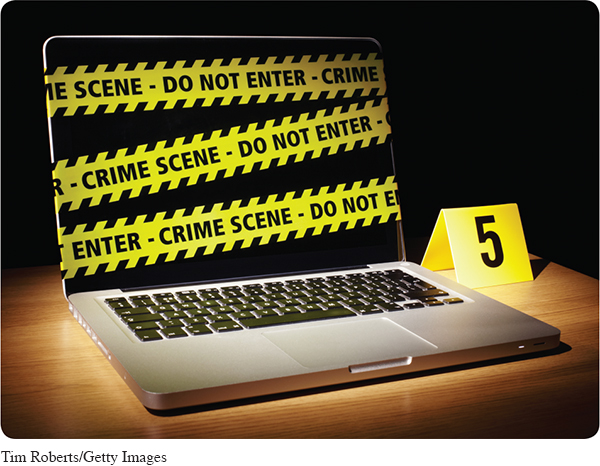Chapter 11: Using Sources Responsibly
368
See the additional resources for content and reading quizzes for this chapter.

369
AT ISSUE
Where Should We Draw the Line with Plagiarism?
In recent years, a number of high-
In the age of the Internet, with its “cut-
On college campuses, as in the professional world, questions like the following have arisen: What exactly constitutes plagiarism? How serious a matter is it? Is there a difference between intentional and unintentional plagiarism? Is plagiarizing a few sentences as bad as plagiarizing an entire paper? Why do people commit plagiarism? What should be done to prevent it? How should it be punished? What are its short-
These are some (although by no means all) of the questions that you might think about as you consider the sources at the end of this chapter. After reading these sources, you will be asked to write an argumentative essay that takes a position on the issue of what exactly constitutes plagiarism and how it should be dealt with.